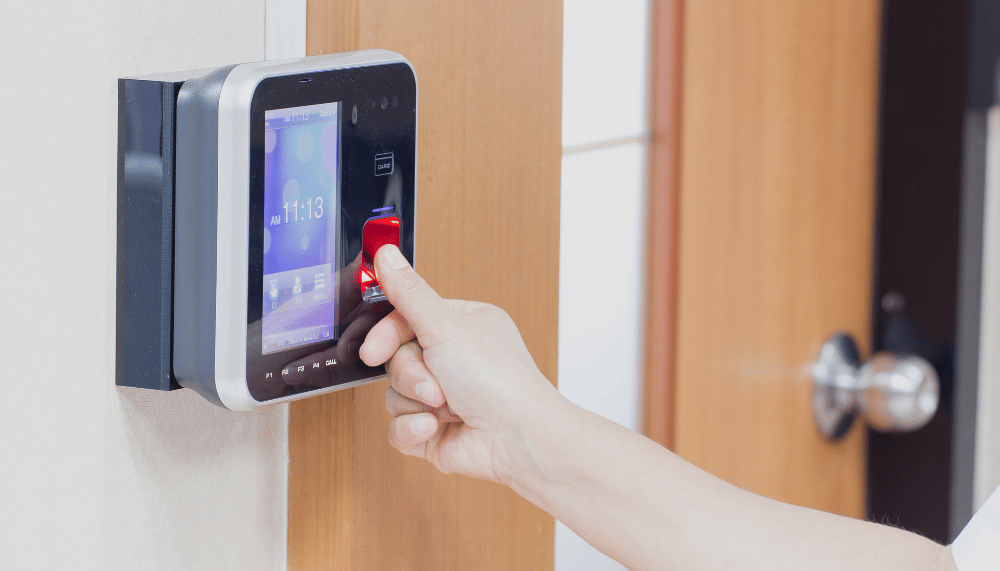Access Control: Recent Trends and Innovations

Security is always changing in the world, and so are access control systems. The times of simple keycards and swipe readers are long gone. Nowadays, access control solutions are inundated with innovations, offering an already high level of security, convenience and adaptability to modern businesses and buildings.
Top 7 Latest Access Control Technology Trends
Biometric Authentication Advancements
Biometric ID is an addition of advanced tools for access control. In this field, recent progress is associated with increasingly intelligent and safe means of user authentication.
Multimodal Biometrics: Bringing together different factors such as fingerprint and facial recognition makes the authentication process more reinforced and stronger.
Emerging Biometrics: Advanced technologies like iris recognition, fingerprint scanning, and even gait analysis are being investigated for access control applications.
Continuous Authentication: Moving beyond just the initial login, some systems can monitor user behaviour (e.g. typing patterns) to ensure there is still authorized access.
Blockchain Access Control
Blockchain technology can cause huge changes in multiple industries, and access control is no exception. Decentralized access control systems leverage blockchain security and immutable nature to verify access credentials. This brings many advantages, including increased security, privacy, and auditability.
Cloud Control
Cloud-based access control systems are changing everything about how companies manage their security. Similar to these systems, remote access is offered which enables administrators to grant or revoke access, monitor activities and solve problems using the internet. Such flexibility fits well for a geographically distributed or remote working organisation.
Behavioral Analytics in Access Control
The present-day security systems with behavioural analytics in them can analyze user behaviour and interaction patterns so that they can detect suspicious activities, mitigate insider threats and thus improve security posture. Through the identification of deviations from ordinary behaviour, these systems facilitate proactive threat detection and response.
AI for Access Control
AI is enabled to carry out access control tasks like anomaly detection and behavioural analysis. Via AI, users’ actions are monitored, and, therefore, unusual ones are detected, which later prevents cybercrime before it happens.
Multi-Factor Authentication
The time of the trust based on a single credential for access is gone. However, MFA is an additional layer of security that requires users to present two or more authentication factors like a PIN, a fingerprint scan, or a code sent to their phone. This strongly limits the possibility of unauthorized access.
The Rise of Hybrid Cloud
Although cloud-based systems provide undeniable advantages, from time to time there might be concerns about data security or internet connectivity. These issues are effectively solved by hybrid cloud-based systems that combine on-site servers with cloud-based storage and management. This ensures the private cloud’s flexibility as well as the organization’s control over sensitive information.
All-in-One Devices
The future of access control could be in all-in-one devices with multiple functions. See a reader that combines access control, video intercom, and environmental sensors. This not only speeds up installation and repair but also increases user-friendliness.
Conclusion
This is just a peep into the huge potential of access control systems in the future. Along with technology’s advanced evolution, The Node IT provides more innovative solutions that will increase the security, convenience, and efficiency of the system.







